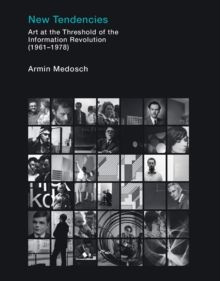New Tendencies : Art at the Threshold of the Information Revolution (1961 - 1978)
- New Tendencies, a modernist art movement, emerged in the early 1960s in Yugoslavia. Armin Medosch examines the development of New Tendencies as a major international art movement in the context of social, political, and technological history.
ISBNMoreNiepowtarzalny dziesięciocyfrowy, a od 01.01.2007 13-cyfrowy identyfikator książki
Do you need help? Do you have any questions?Ask a question and we'll respond promptly, publishing the most interesting questions and answers for others. 
